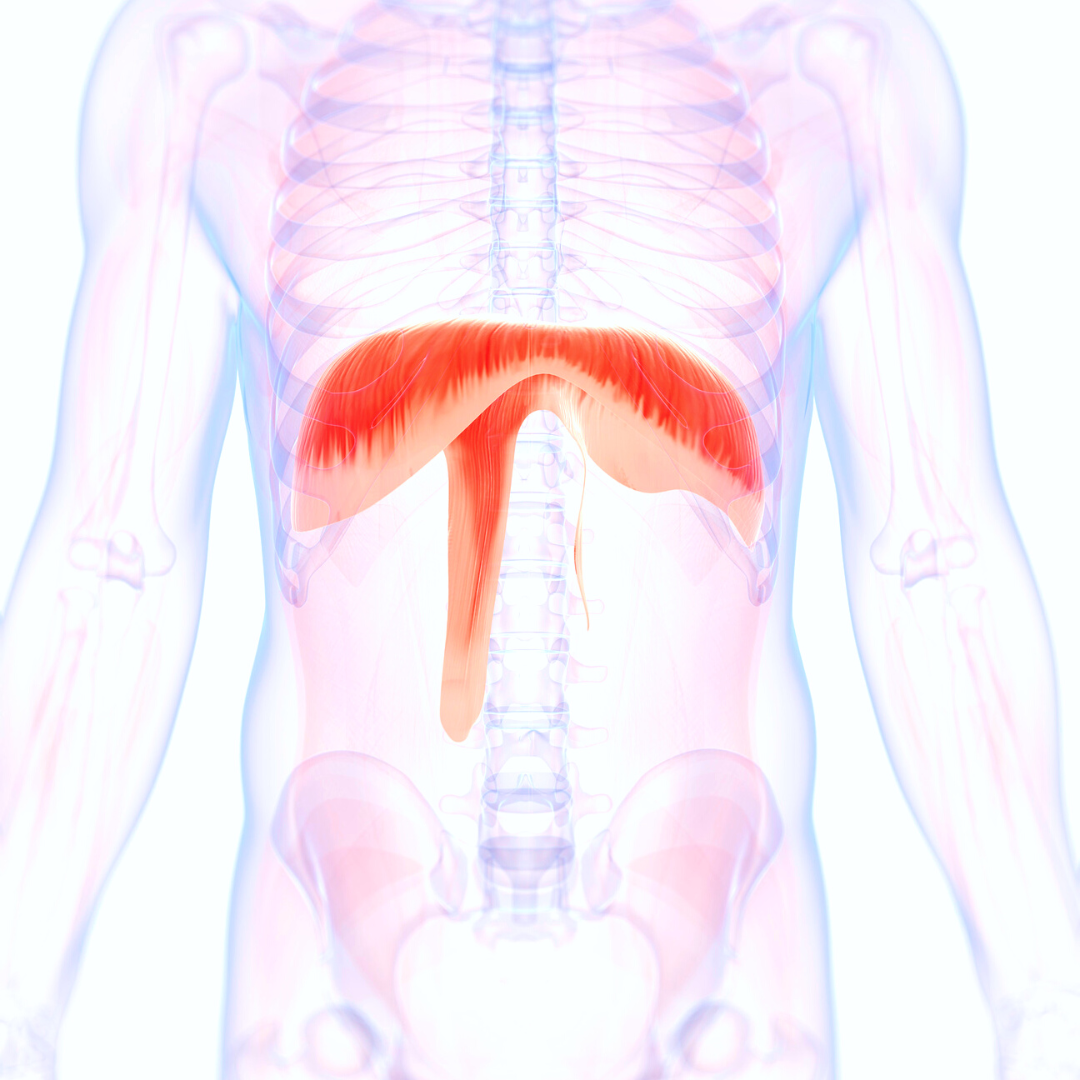Introduction
Hi, I’m Amy! My pronouns are she/her. I am a speech therapist specializing in areas including orofacial myology, brain injury, speech generating devices, and transgender voice therapy. This first blog post covers anatomy, diaphragmatic breathing, and pitch. Stay tuned next week for another post about prosody, inflection, resonance, articulation, and nonverbal communication!
We will be discussing “traditionally feminine” or “traditionally masculine” characteristics. They are typical, but they are in no way a standard or a must. Various factors are at play in your voice and mannerisms that help you present as masculine or feminine.

The information offered here has been compiled from the resources found below. Feel free to check out the recommended books and websites for more in-depth information, straight from the source!
Resources
One Weird Trick: A User’s Guide to Transgender Voice by Liz Jackson Hearns with Patrick Maddigan
Anatomy & Diaphragmatic Breathing
Voice Production
Air flows from the lungs through the trachea (windpipe) and the larynx (voice box), which houses the vocal folds (or vocal cords). The airflow causes your vocal folds to vibrate, which produces phonation (sound). The laryngeal muscles change the pitch of your voice. As your voice moves through your vocal tract, the resonance (amplification and color) changes. Lastly, the articulators (tongue, teeth, hard palate, lips, nose, etc.) create speech sounds.
Diaphragmatic Breathing
Your diaphragm is a thin, dome-shaped muscle that sits below your lungs and above your abdomen. As you breathe in, your diaphragm contracts and pulls downward, which allows your lungs to expand and fill with air. As you exhale, your diaphragm relaxes and moves up. In addition, the muscles in your ribcage contract and help expand to let your lungs fill with air. As the muscles in your ribcage relax, air is exhaled. The image to the right shows the diaphragm’s position in the body.

Exercise 1: Diaphragmatic Breathing
Sit up tall with your feet flat on the ground or lay flat on your back (it’s usually easier to lay on your back when you’re first starting out). Breathe in through your nose. You should feel your belly and rib cage rising and expanding. Think of your belly like a balloon filling up with air. Make sure your neck and shoulders stay relaxed. Exhale through your mouth, feeling your belly and rib cage contracting and releasing the air. Repeat for 10 breath cycles.
Exercise 2: Stretch & Flow
- Breath: Take a strip of tissue and hold it vertically in front of your face. Blow the tissue back with diaphragmatic breathing.
- Breath and Voice: Blow the tissue and say “ooo”. Your voice should be breathy. Make sure the tissue is still moving and that you do not feel any tension in your larynx.
- Breath and Single Words: Blow the tissue and say “ooo”. Count from one to twenty (ooo-one, ooo-two, etc). Keep your breath smooth and even.
- Breath and Phrases: Blow the tissue and say “ooo” plus a phrase. Use the following hierarchy:
- “ooo” + phrase in chant speech
- “ooo” + phrase in monotone
- “ooo” + phrase with intonation
Phrases to use:
- How are you?
- What’s for dinner?
- Where’s the bathroom?
- What do you want?
- What time is it?
- What’s your name?
*Goal: easy airflow, reduced tension
Pitch
Pitch is perceived as how high or low a person’s voice is. It is an important factor for voice training, but there are many other factors that affect how your voice is perceived.
For the following exercises, it is recommended that you download an app that can generate a pitch for you and check your pitch. Voice Tools is an example of one that is free!
*Tip: In conversation, you can use small, discreet sounds like “umm”, “mmhmm”, “so”, and “yeah” to help you find your target pitch.
| Masculine | 110 Hz (A2) – 220 Hz (A3) |
| Gender-Neutral | 131 Hz (C3) – 262 Hz (C4) |
| Feminine | 175 Hz (F3) – 350 Hz (F4) |
Exercise 1: Pitch Glide
This is a good warm up exercise to use daily. Start at the lowest pitch you can make and glide up to the highest pitch you can make. Take a breath and do the same in reverse starting with the highest pitch and gliding to the lowest pitch. Repeat this a few times. You can do this using various sounds including “oo”, “ee”, and “mm”.
Exercise 2: Finding Your Target Pitch
- Find your habitual pitch: Using your pitch measuring app, say the phrase “I like pie” in your natural speaking voice and hold out “pie” for a few seconds to find your pitch.
- Choose a target pitch: Choose a pitch that is 1 – 2 notes above your habitual pitch for a more feminine voice or a pitch that is 1 note below your habitual pitch for a more masculine voice. This may seem like a small change, but the goal is to gradually change your habitual pitch and your target pitch without causing extra strain or tension. If you feel tension, try revisiting the diaphragmatic breathing and stretch and flow exercises.
- Pitch matching:
- Hum at your target pitch and try to hold that pitch for 5 seconds. Use your pitch app to ensure accuracy. Try to complete several trials at your target pitch.
- While humming, slide from a slightly higher pitch to your target pitch. Your goal is to complete this slide without help from your pitch app.
- While humming, slide from your target pitch to the highest pitch you can go without “cracking”.
- Repeat these pitch matching exercises with the “zz”, “ee”, and “oo” sounds.
Exercise 3: Pitch Matching By Numbers
- Say “5, 4, 3, 2, 1” and hold out “one” while playing and pitch matching G3 (~196 Hz). This note lies within all speaking ranges and hopefully will be easy to match. Repeat until you can consistently land on G3.
- Using a sing-song voice, say/sing “5, 4, 3, 2, 1” while playing and pitch matching D4, C4, B3, A3, and G3. Repeat until you can consistently match all 5 pitches.
- Repeat this exercise using your target pitch (from exercise 2). If your target pitch is E3, your “5, 4, 3, 2, 1” notes would be B3, A3, G3, F3, and E3.
Exercise 4: Pitch Matching - Word Level
- Hum at G3 prior to each number while counting from 1 – 10 in a monotone voice (e,g,. “Mm-one, mm-two, mm-three…”). Repeat this at your target pitch.
- Repeat the previous exercise at your target pitch, but this time glide up or down when saying the number. Repeat until you can consistently match your target pitch without using a tuner.
- Once you can count from 1 – 10 with reliable pitch memory and accuracy, repeat the exercise with the days of the week and the months of the year.
Exercise 5: Pitch Matching - Phrase Level
- Hum at your target pitch and say a phrase in a monotone voice at your target pitch.
Practice phrases:
- Hi, how are you?
- I’m really hungry!
- Turn left at the next light.
- Small coffee, please.
2. Hum at your target pitch and say the phrase in a conversational tone. Your pitch may vary within the phrase, but try to end at your target pitch.
Exercise 6: Pitch Matching Long Paragraphs
- Find your target pitch. Chant the practice paragraph in a monotone voice at your target pitch.
- Repeat the passage humming at the beginning of each sentence at your target pitch and then using a conversational tone. The hum at the beginning of each sentence will help you “reset” your pitch.
Practice paragraph:
When the sunlight strikes raindrops in the air, they act as a prism and form a rainbow. The rainbow is a division of white light into many beautiful colors. These take the shape of a long round arch, with its path high above, and its two ends apparently beyond the horizon. There is , according to legend, a boiling pot of gold at one end. People look, but no one ever finds it. When a man looks for something beyond his reach, his friends say he is looking for the pot of gold at the end of the rainbow.
3. Practice using passages from books, poems, instruction manuals, etc.
